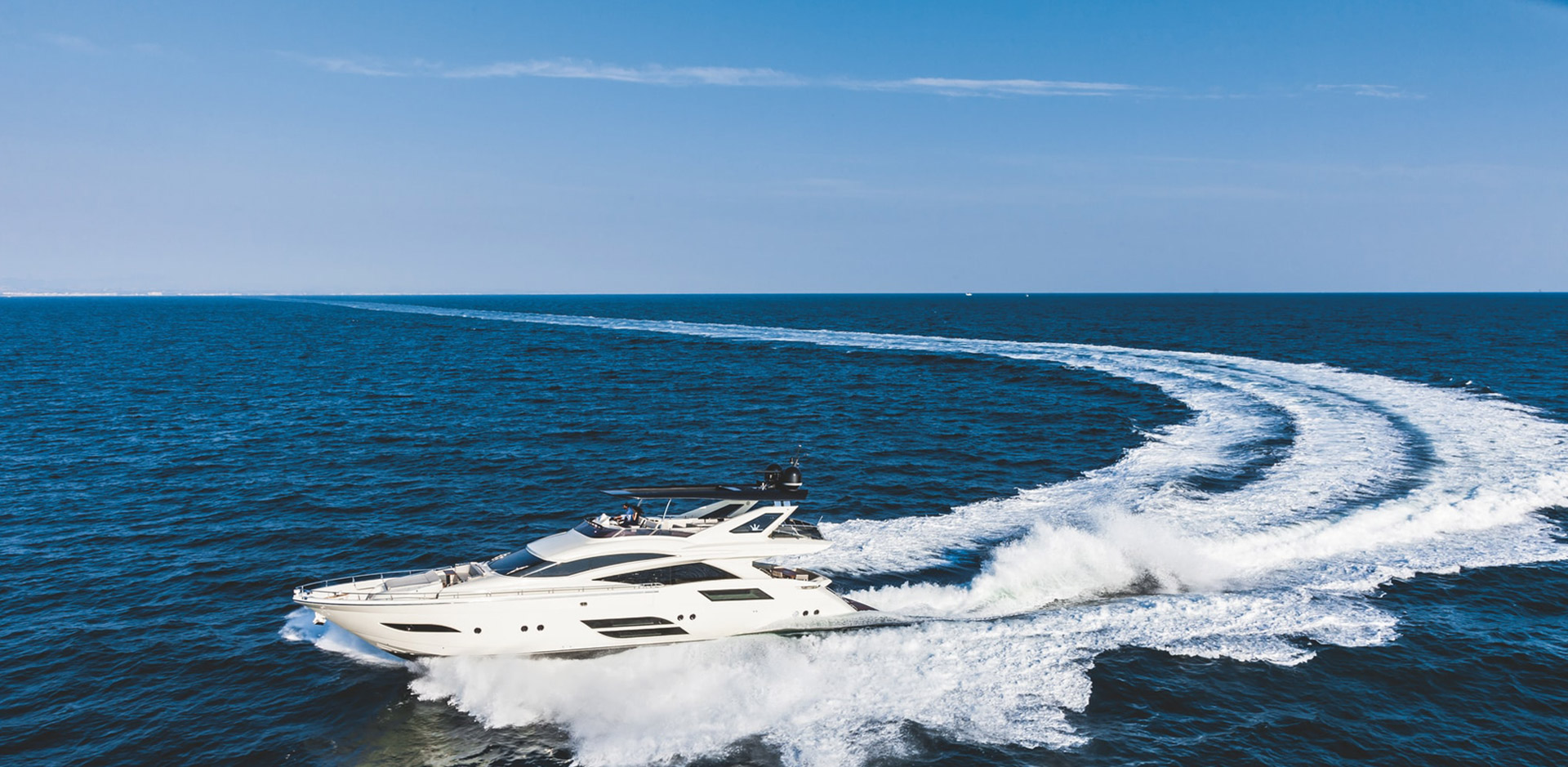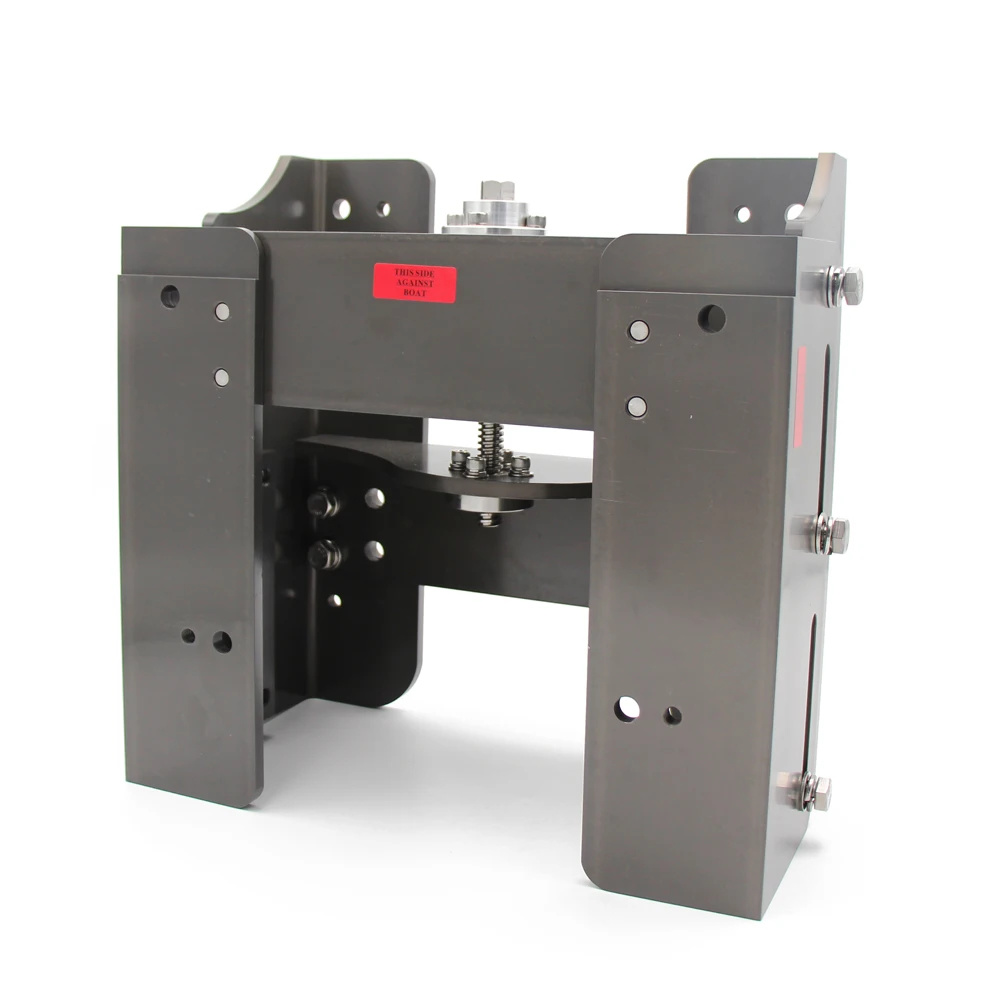The Best Applications for Hydraulic Jack Plates in Marine Engines
2025-04-15
The Best Applications for Hydraulic Jack Plates in Marine Engines
Table of Contents
Introduction to Hydraulic Jack Plates
What Are Hydraulic Jack Plates?
Benefits of Hydraulic Jack Plates in Marine Engines
Key Applications of Hydraulic Jack Plates
Adjusting Boat Performance
Decreasing Drag and Increasing Efficiency
Enhancing Boat Stability
Hydraulic Jac
The Best Applications for Hydraulic Jack Plates in Marine Engines
Table of Contents
- Introduction to Hydraulic Jack Plates
- What Are Hydraulic Jack Plates?
- Benefits of Hydraulic Jack Plates in Marine Engines
- Key Applications of Hydraulic Jack Plates
- Adjusting Boat Performance
- Decreasing Drag and Increasing Efficiency
- Enhancing Boat Stability
- Hydraulic Jack Plate Installation: Step-by-Step Guide
- Maintenance and Care for Hydraulic Jack Plates
- Common Issues and Solutions for Hydraulic Jack Plates
- Conclusion
- FAQs
Introduction to Hydraulic Jack Plates
In the maritime industry, the performance and safety of vessels are paramount. Among the various components that contribute to a boat’s functionality, **hydraulic jack plates** play a crucial role. These devices allow for precise adjustments of outboard motors, significantly enhancing the overall performance of marine engines. In this article, we will delve into the best applications of hydraulic jack plates in marine engines, discussing their benefits, installation processes, and maintenance tips.
What Are Hydraulic Jack Plates?
Hydraulic jack plates are mechanical devices designed to elevate and lower outboard motors. They are typically mounted between the transom of the boat and the outboard motor, providing a hydraulic mechanism for adjusting the vertical position of the motor. This adjustment can be made on the fly, enabling boaters to optimize performance for varying water conditions and load distributions.
Benefits of Hydraulic Jack Plates in Marine Engines
The integration of hydraulic jack plates in marine engines offers several advantages:
Enhanced Engine Performance
By allowing precise adjustments to the motor's position, hydraulic jack plates can optimize engine performance, resulting in improved speed and acceleration.
Increased Fuel Efficiency
An adjusted motor can minimize drag, leading to better fuel economy. This is particularly beneficial for commercial vessels seeking to reduce operational costs.
Improved Maneuverability
With the ability to modify the motor's height, operators can enhance maneuverability, making it easier to navigate through shallow waters or tight spaces.
Greater Stability
Hydraulic jack plates can help achieve a more stable ride by adjusting the trim of the motor, which in turn affects the boat's attitude in the water.
Key Applications of Hydraulic Jack Plates
The versatility of hydraulic jack plates leads to various applications, each tailored to enhance the maritime experience.
Adjusting Boat Performance
One of the primary applications of hydraulic jack plates is to adjust boat performance according to specific needs. This includes altering the motor's height to optimize the boat's planing angle, ensuring it runs smoothly and efficiently. The ability to quickly adjust the motor allows for instant performance enhancements, especially useful during various activities such as fishing, cruising, or racing.
Decreasing Drag and Increasing Efficiency
In marine environments, drag can significantly impact a vessel's speed and fuel consumption. Hydraulic jack plates enable operators to raise the outboard motor, reducing the submerged surface area and, consequently, drag. This efficiency gain translates to higher speeds and better fuel economy, which are critical aspects for both recreational and commercial boating.
Enhancing Boat Stability
Stability is crucial for safe navigation, especially in choppy waters. By adjusting the motor's trim and height, hydraulic jack plates can help achieve a more level ride, minimizing the risk of capsizing and enhancing passenger comfort. This is particularly advantageous for boats designed for heavy loads or high speeds.
Hydraulic Jack Plate Installation: Step-by-Step Guide
Installing a hydraulic jack plate can seem daunting, but understanding the process can make it manageable. Here’s a step-by-step guide to ensure a successful installation:
Step 1: Gather Necessary Tools and Materials
Before starting, collect all necessary tools, including a socket set, wrenches, a drill, and a torque wrench. Ensure you have the hydraulic jack plate kit, including all mounting hardware.
Step 2: Prepare the Boat
Ensure the boat is on a stable surface, and disconnect the battery to prevent any electrical mishaps during the installation process.
Step 3: Remove the Outboard Motor
Carefully remove the outboard motor by unbolting it from the transom. Make sure to have an assistant if necessary, as motors can be heavy and awkward to handle.
Step 4: Install the Hydraulic Jack Plate
Position the hydraulic jack plate on the transom and align it with pre-drilled holes. Attach it securely using the provided bolts, ensuring proper torque specifications are followed.
Step 5: Reattach the Outboard Motor
With the hydraulic jack plate securely installed, reattach the outboard motor, making sure to connect all wiring and fuel lines properly.
Step 6: Test the Installation
Reconnect the battery and test the hydraulic system to ensure it operates smoothly. Adjust the motor's height and trim settings to confirm everything is functioning as intended.
Maintenance and Care for Hydraulic Jack Plates
Proper maintenance of hydraulic jack plates is essential for longevity and optimal performance. Here are some maintenance tips:
Regular Inspections
Conduct regular inspections of the hydraulic system, checking for leaks or wear. Ensure the hydraulic fluid is at the correct level and topped up as necessary.
Cleaning
After each use, clean the hydraulic jack plate to remove any saltwater, debris, or grime that may cause corrosion or mechanical failure.
Lubrication
Use appropriate lubricants on moving parts and joints to prevent wear and ensure smooth operation.
Common Issues and Solutions for Hydraulic Jack Plates
While hydraulic jack plates are reliable, they may encounter issues. Here are some common problems and their solutions:
Hydraulic Leak
If you notice hydraulic fluid leaking, check all fittings and hoses for damage. Replace any damaged components and top up hydraulic fluid as needed.
Slow Operation
Slow operation can indicate low hydraulic fluid or air in the system. Ensure fluid levels are adequate and bleed the system to remove any trapped air.
Unstable Performance
If the motor doesn’t hold its position, inspect the hydraulic cylinder for damage or wear. Replace the cylinder if necessary.
Conclusion
Hydraulic jack plates are invaluable components in the marine industry, enhancing the performance, efficiency, and safety of marine engines. Their ability to make on-the-fly adjustments allows operators to optimize their vessels for various conditions and activities. By understanding their applications, installation, and maintenance, boaters can significantly improve their maritime experience. For those looking to enhance their marine operations, investing in a hydraulic jack plate can be a game changer.
FAQs
1. What is the primary function of a hydraulic jack plate?
The primary function of a hydraulic jack plate is to elevate and lower outboard motors, allowing for optimal performance and efficiency adjustments.
2. How do hydraulic jack plates improve fuel efficiency?
By reducing drag through height adjustments, hydraulic jack plates can lead to better fuel economy, especially at higher speeds.
3. Can I install a hydraulic jack plate myself?
Yes, with the right tools and by following proper installation instructions, many boat owners can successfully install hydraulic jack plates themselves.
4. What maintenance is required for hydraulic jack plates?
Regular inspections, cleaning, lubrication, and ensuring proper hydraulic fluid levels are essential for maintaining hydraulic jack plates.
5. Are hydraulic jack plates suitable for all types of boats?
While hydraulic jack plates are beneficial for many types of boats, it’s essential to ensure that your specific boat model is compatible with the jack plate system.
hydraulic jack plate for outboard motors
RELEVANT INFORMATION
Understanding the Benefits of an 8" Setback Hydraulic Jack Plate for Marine Applications
When it comes to marine applications, the choice of equipment can significantly impact performance and efficiency. One such piece of equipment is the 8" setback hydraulic jack plate. This device serves as a vital component in the operation of outboard motors, providing a range of benefits that can enhance your boating experience.
A hydraulic jack plate is designed to elevate and adjust the positio
2025-04-30
Maximize Your Outboard Efficiency with a Setback Hydraulic Jack Plate
Table of Contents
1. Introduction to Setback Hydraulic Jack Plates
2. What is a Hydraulic Jack Plate?
3. The Importance of Setback Design in Outboard Motor Performance
4. Benefits of Using a Setback Hydraulic Jack Plate
5. How to Install a Setback Hydraulic Jack Plate
6. Optimizing Your Outboard Engine P
2025-04-25
Maximizing Performance: The Importance of Hydraulic Jack Plates on Aluminum Boats
Hydraulic jack plates serve a crucial role in the operation of aluminum boats, particularly when it comes to engine height adjustment. This mechanism allows boaters to raise or lower the outboard motor's position, thereby optimizing the boat's performance in varying water conditions. By adjusting the engine height, users can significantly improve the boat's speed, fuel efficiency, and handling cha
2025-04-20





